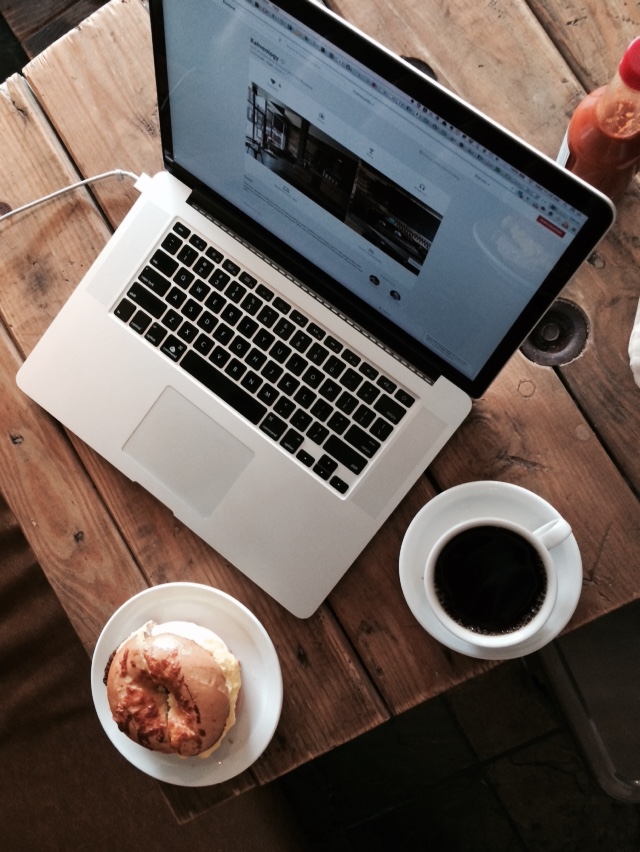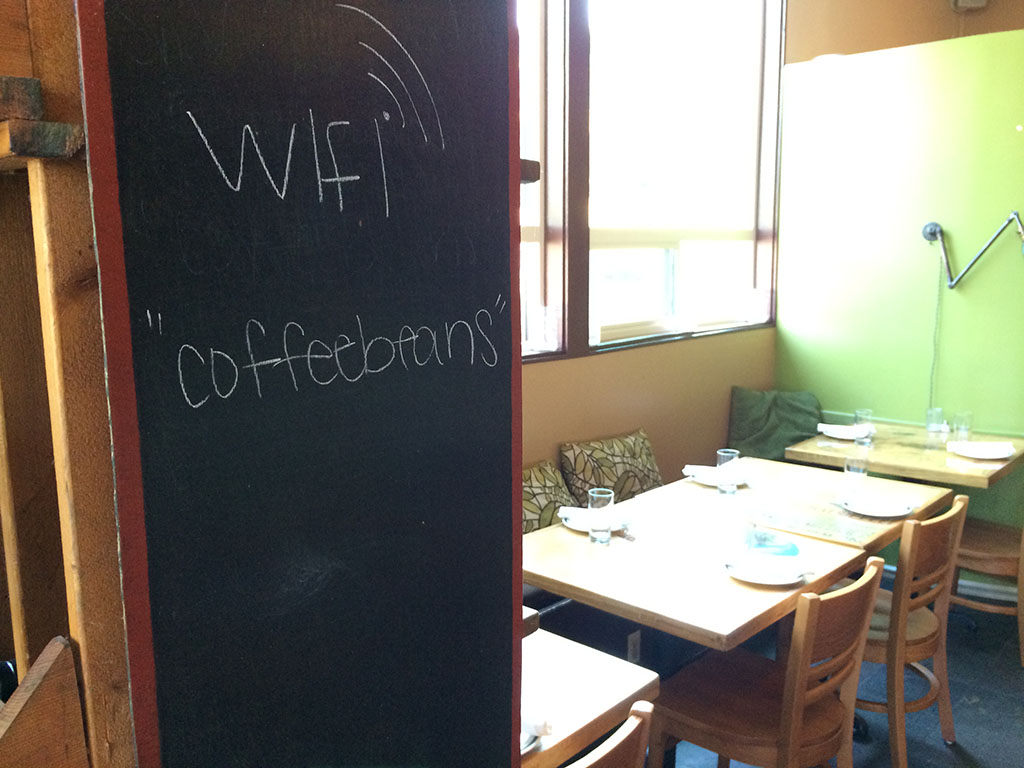In this post I’ll cover the best practices when creating or updating a free WiFi network for your coffee shop, cafe, bar or restaurant. It should be accessible, fast, optimized for both business and public use, and of course secure.
Free WiFi is Now the Standard
Your favorite customers have come to expect WiFi and now you’re tasked with choosing the right equipment, getting it up and running and making sure it’s reliable, secure and meets the expectations of your patrons. Offering free WiFi will build customer loyalty and boost sale, but if not set up correctly, it can actually drive business away.
Let’s take a look at a several things to consider when setting up a wireless Internet experience for your shop.
Understand Your Customer’s WiFi Needs
It’s important to know most of your customers are able of connecting to your WiFi via their laptops, phones, iPads and a host of other devices. Therefore, the chances are good that many more devices than you can readily spot will be using your wireless network at any given moment. The fact is more and more people are choosing to get work done from coffee shops, cafes and many other types of local businesses. This presents a big opportunity to attract new and repeat business and it also creates some unique technical challenges that are not often solved out of the box.
Your customers have come to expect fast, convenient and reliable WiFi. Fortunately, it’s easier to get up and running than you may think.

How Fast Is Fast Enough?
Most Internet providers have tiered packages offering various download and upload speeds. The price and service quality varies drastically by location and the service you need depends on your customer usage trends.
When choosing the right package based on access to speed, the key number to have your eye on is the download speed. A faster download speed results in web pages being loaded quicker, resulting in a better customer experience. We can all remember what it’s like to wait what seems like ages for a page to load—ugh! The upload speed does matter and you’ll want that to be fast as well, but it’s not as important for your average patron’s needs.
I suggest choosing a package that offers a minimum of 20 mbps or greater. It may be tempting to go with the cheapest option available—afterall you are providing this as a free service to everyone—but this will lead to frustrating experiences for your customers who will consider it the next time they think about visiting.
We’ve found people in our community scrutinize WiFi speeds and often frequent businesses because of their faster connections. Don’t miss the mark when it comes to the need for speed.
If you’re having trouble understanding the packages offered by your provider, let them know the number of people you expect to use your WiFi daily and they will help you choose the right package based on your needs.
Choosing The Right Equipment
A big part of the speed and reliability equations comes from having the right equipment in place. It’s critical that the router and modem are optimized for the kind of usage your shop will experience. Remember the last time you tried to use publicly advertised WiFi at a hotel, grocery store or even an airport and the connection was so slow it was almost useless? This terrible performance is often caused by low quality hardware or hardware that is not optimal for the way it’s being used.
Most consumer models you find in an electronics store or on Amazon will work ok if you have a small shop with low traffic. But you’ve worked hard to create a popular space and your hardware needs to be ready to handle many devices using it throughout each day. I’m talking both simultaneous connections and the number of connections that happen in over an entire day of business. They both matter and need to be accounted for.
It’s not often necessary to get a high-end router. You will however, want to purchase a router that has dual band capabilities. I typically prefer routers that come preinstalled with more advanced software which allows me to make more tailored configurations. Even if you’re uncertain about making custom configuration, having the option to at a later date is not a bad thing. At the time of writing this I’ve been recommending this mid-range router as a good choice for business owners.
Securing Your Wireless Network
While it’s tempting to simply let customers use the same WiFi you connect your back-of-house devices to—like your point of sale and streaming music, it’s not a good idea. Don’t do it. Your business has different needs from WiFi than those of your patrons and sharing a single access point can compromise the needs of your business.
Do use use a password and always encrypt your network with WiFi Protected Access II (WPA2), which is a security protocol designed to protect networks like yours. Once you’ve chosen to use the WPA2 protocol, you’ll be able to set a password for your patrons to use when connecting.
Creating and Displaying Your WiFi Password

Most customers are in your space to support you and that includes spending money. It’s not necessary to obscure or hide your WiFi password from them. Requiring them to ask or printing it on a receipt has sometimes been thought of as a way to encourage purchases and reduce the number of people using your WiFi who are not actually paying customers. After talking to hundreds of great customers at coffee shops and cafes just like yours, it’s clear these practices are seen as annoying, cumbersome and don’t encourage purchases.
I suggest changing your password periodically and display it prominently for your patrons. Make sure to include your social media and Workfrom pages nearby to give people a way to stay connected and spread the word about your great space for you.


Responses
Very useful information. I am looking to open a cafe in London and upon researching, i have discovered how Wifi is top priorities for Cafe’s now.
I found another blog here Wifi and Cafes that tells you its importance. I am also considering using their services as they look very good.
Thanks for the useful information again